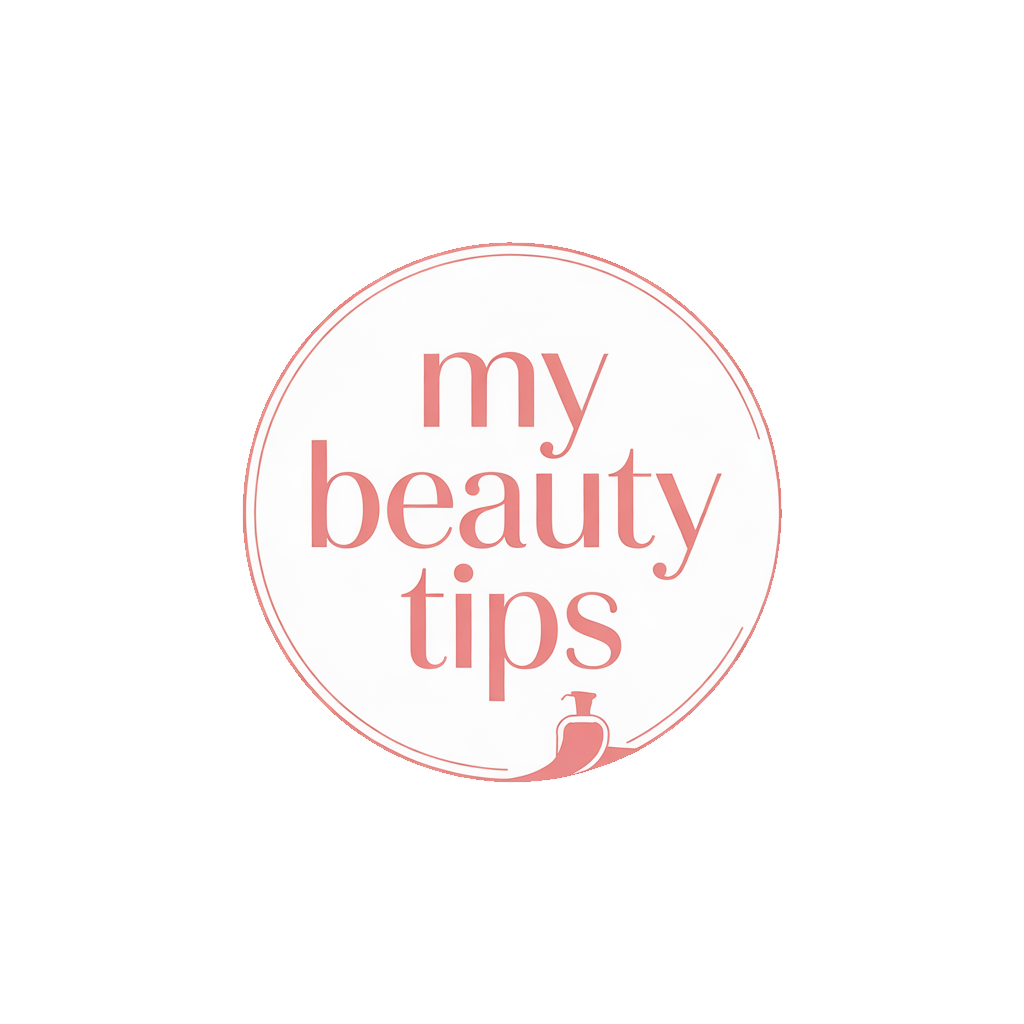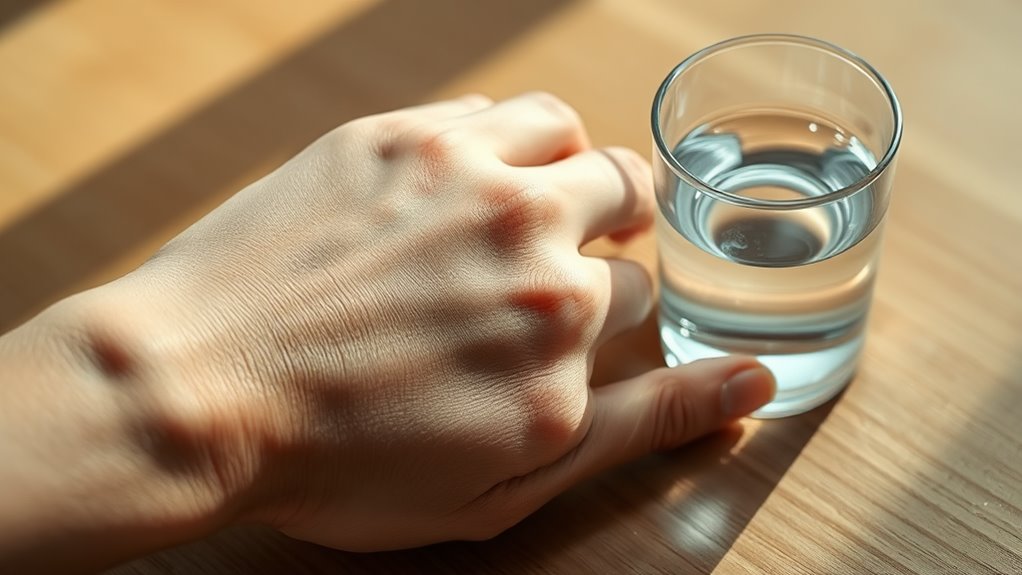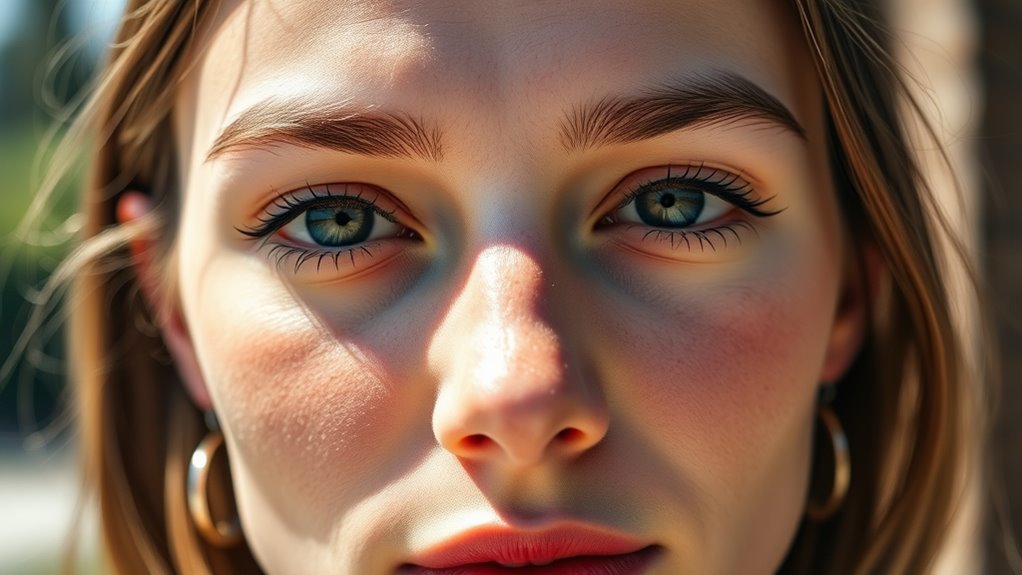Hydrating vs. Moisturizing- What’s the Difference.
When it comes to skincare, understanding the difference between hydrating and moisturizing is crucial for achieving healthy skin. Hydration focuses on increasing water content, while moisturizing locks in that moisture. Many people confuse these terms, leading to ineffective product choices. As we explore their distinct roles and the key ingredients involved, you’ll gain insight into how to tailor your skincare routine to your specific needs. What’s the best approach for your skin type?
Understanding Skin Hydration
Skin hydration refers to the water content within the skin, essential for maintaining its health and functionality. Hydrating involves increasing this water content, directly benefiting your skin’s elasticity and plumpness. In contrast, moisturizing focuses on sealing in that hydration to prevent water loss. Understanding this distinction helps you choose the right products for optimal skin care, effectively supporting its essential moisture needs. Additionally, incorporating ingredients like hyaluronic acid can enhance your skin’s ability to retain moisture.
The Role of Moisturizers
Moisturizers play a crucial role in maintaining skin health by creating a barrier that locks in hydration and prevents water loss. They help enhance the skin’s natural protective functions, reduce fine lines, and promote a smoother texture. Incorporating a good moisturizer is especially important in winter to lock in hydration and combat the drying effects of the season.
Key Ingredients for Hydration
Effective hydration hinges on the presence of specific key ingredients that enhance the skin’s ability to retain moisture.
Look for hyaluronic acid, a powerful humectant that attracts water, and glycerin, which helps draw moisture into the skin.
Aloe vera is another excellent ingredient, known for its soothing and hydrating properties.
Incorporating these elements can significantly improve your skin’s hydration levels. Additionally, hyaluronic acid is essential for maintaining skin health in various climates, making it a versatile option for everyday use.
Key Ingredients for Moisturizing
Key ingredients for effective moisturizing include occlusives like petrolatum and lanolin, which create a barrier; emollients such as shea butter and jojoba oil, which soften the skin; and humectants like glycerin and hyaluronic acid, which draw moisture from the environment. Essential oils such as lavender and tea tree oil can also enhance skin hydration and provide additional skin benefits. Together, these components enhance skin’s hydration and barrier function.
How to Choose the Right Product
How do you determine which product best suits your skin’s needs?
First, identify your skin type—oily, dry, combination, or sensitive.
Next, evaluate ingredient lists to ensure they align with your skin’s requirements.
For hydration, look for humectants like hyaluronic acid; for moisturization, prioritize occlusives such as shea butter.
Testing product performance can also provide valuable insights into your skin’s response. Additionally, consider incorporating key hydrating ingredients into your routine for optimal moisture retention.
Common Misconceptions About Hydration and Moisturizing
Many people conflate hydration with moisturizing, leading to misunderstandings about their skin care needs.
Here are common misconceptions you should be aware of:
- Hydration and moisturizing are the same.
- All skin types need the same products.
- Drinking water alone hydrates your skin.
- Oils are sufficient for hydration.
- Moisturizers prevent water loss indefinitely.
Understanding these distinctions can greatly enhance your skin care routine.





